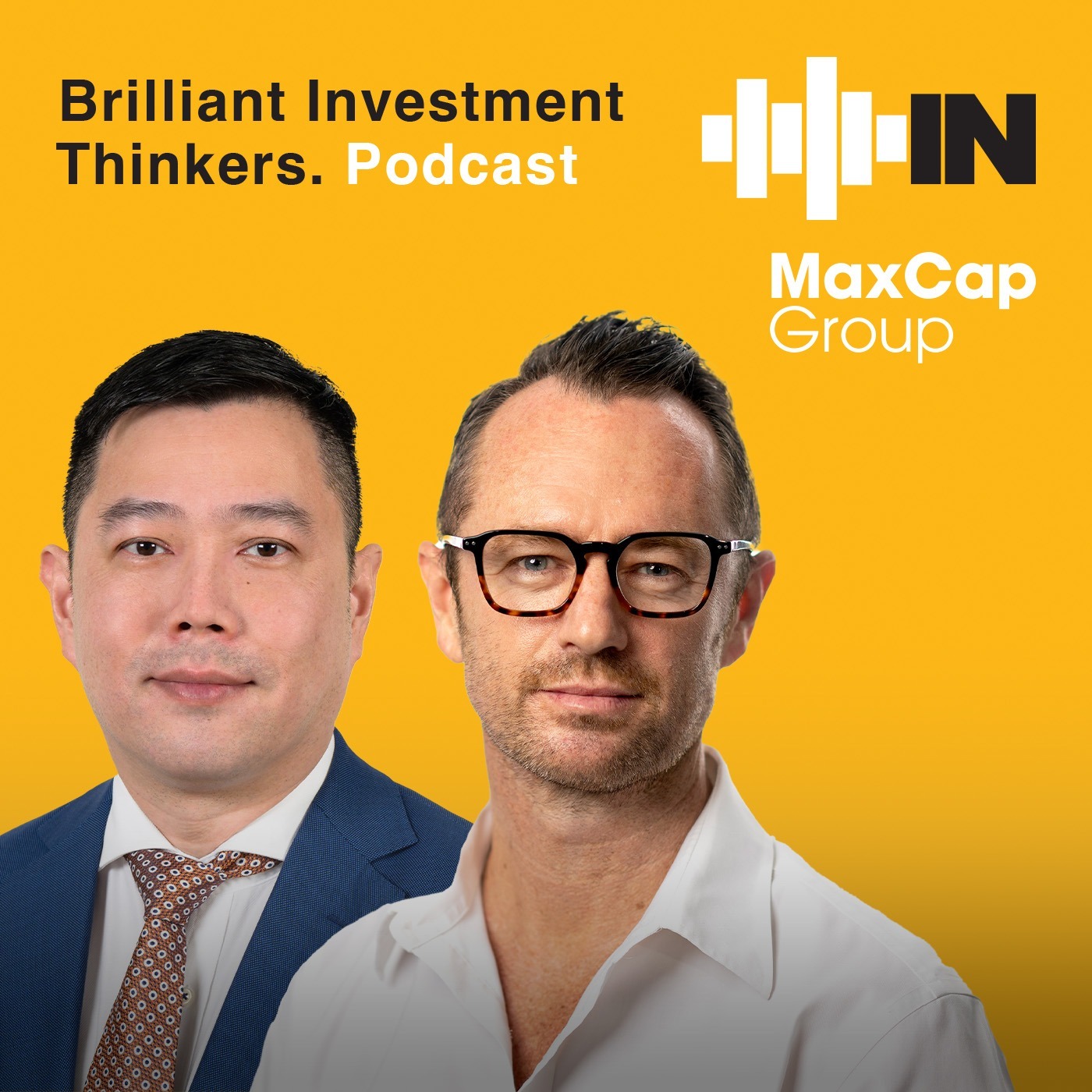Advisers should ‘call out’ misalignment in investment markets
Advisers all have financial benefit from promoting investments through an advice fee, or percentage of FUM. This is not a value judgement, simply a statement of how this industry and many others work. No one has come up with an alternative model that can balance all the conflicting requirements. Yet, as we know, there will be a proportion that take advantage of circumstances to overwork the system to their benefit.
Todays’ IPO market, at around double the run rate as proportion of market capitalisation compared to the past 20 years, with the US SPAC (special purpose acquisition company) phenomenon a prime example, shouts “vested interest.” Listing while the ducks are quacking and fixated on returns within days makes sense for any investment sponsor.
It does not take much imagination on why so many managers took to LICs a couple of years back. Imbedded, unmovable capital commonly linked in with a multi-year management agreement sold by brokers for a fee. How good is that?
When does an equity manager state that the market valuation is excessive? A few might, but they don’t suggest redeeming units, rather they can step above their role within the asset class and increase cash weights; in a recent infamous case, to 50%. Naturally, the fees (and in the example, at the higher end) apply to that cash drag as well. If cash is the best alternative, which few if any would now claim, an investor can do that without the fund charge.
Then there are the different fund classes with exactly the same strategy, but no surprise, different fees. Surely there is no reason beyond self-interest to avoid shifting investors into a lower-cost vehicle? The perennial issue of fund size inevitably has some inventive ways to increase capacity notwithstanding a dogmatic opinion on limitations prior to reaching that notional level.
An oft-claimed positive in judging a fund is if the management team has its own money in the fund. Logic suggests they would, but to what extent and with how much influence? A sensible portfolio would not be made up of a single fund in one asset class, why therefore should the manager hold the bulk of its capital in its own fund? Additionally, smaller funds may skew their investments towards their personal risk/return rather than to its purpose in a multi-asset portfolio.
Pure scams are mostly Ponzi schemes but there are a host of others that come close. The bulk lies with a promise of low risk and high returns that make no sense. An iteration is the headline name of the fund, “absolute return,”when there is evidence of no such thing and more recently, “ethical” or “sustainable,” with only the thinnest veneer of a screen.
The pity is that this kind of distasteful behaviour taints the bulk that work hard to serve their investor base. Advisers would do well to call out when there is a misalignment in marketing and reality rather than let it go through to the ‘keeper. Grumbling behind the scenes does nothing to improve the credibility of the sector.











